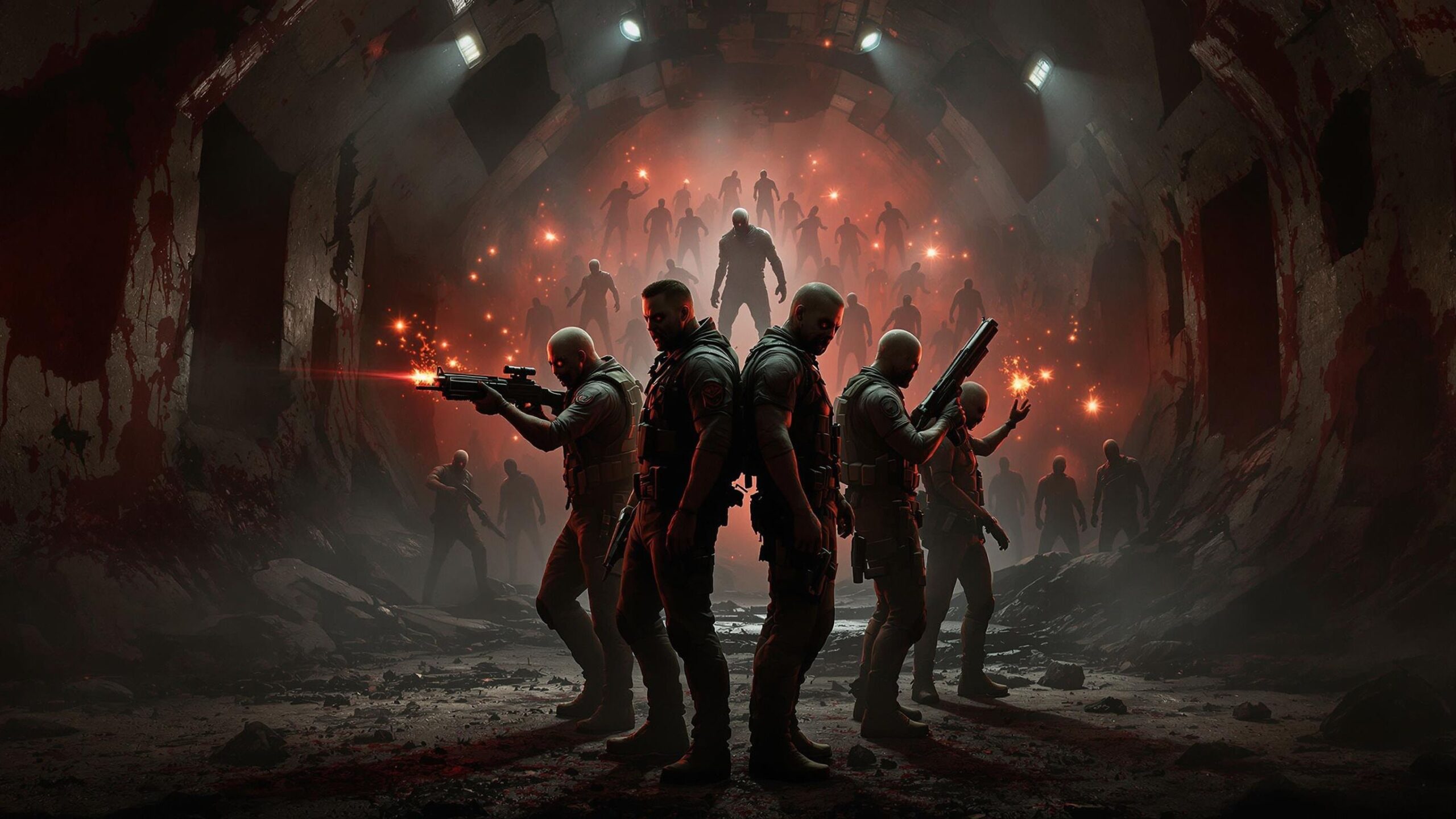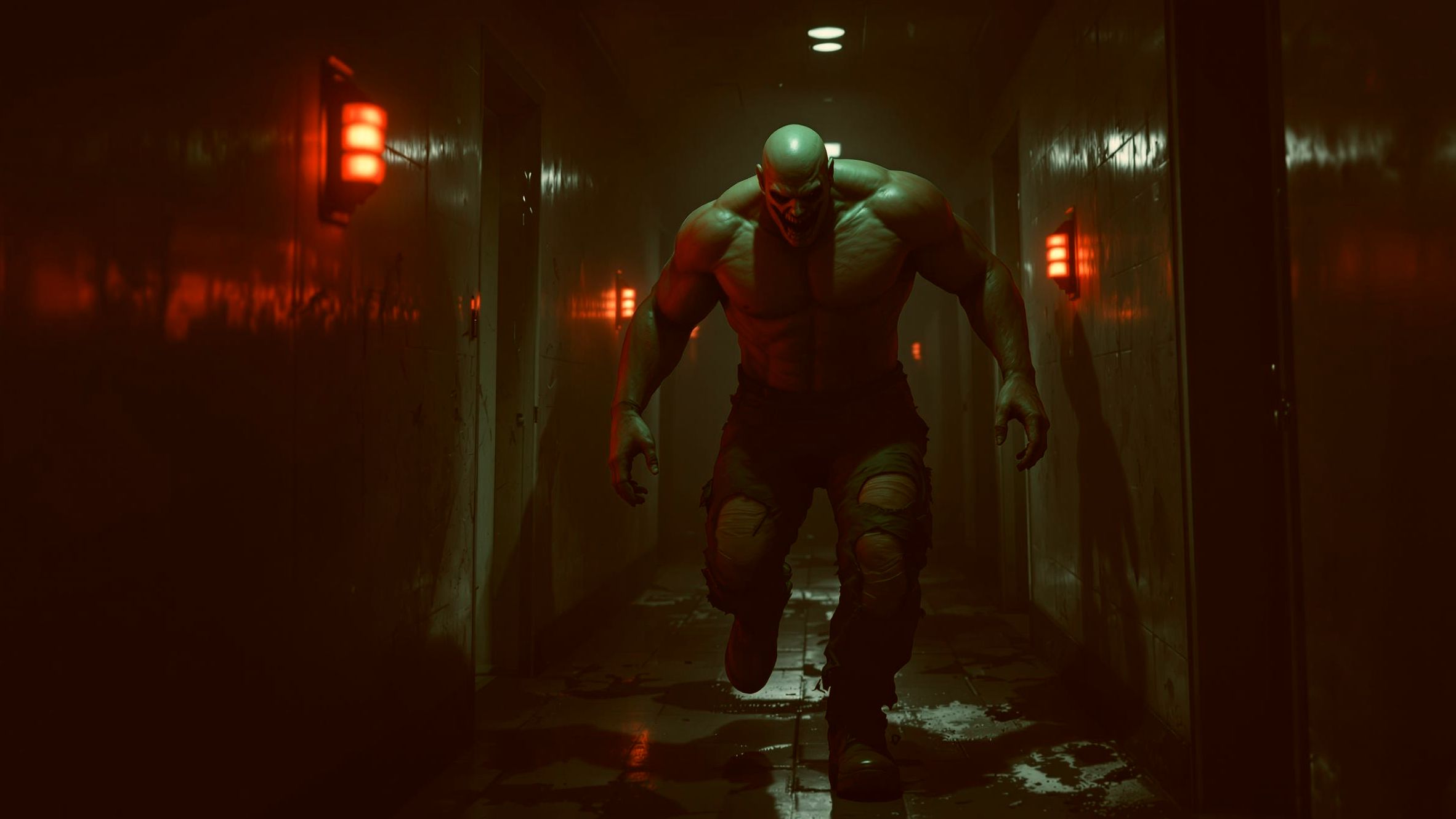PBS Kids isn’t just a channel—it’s a cultural cornerstone for millions of children who grew up watching wholesome, educational content. But beyond the beloved shows like Arthur, Clifford, and Cyberchase, PBS Kids built a world with its own cast of quirky mascots who lived between the programming. These weren’t just station identifiers—they were characters in their own right. They danced, played, problem-solved, and even broke the fourth wall to interact with viewers. Their primary mission? Make learning feel fun and friendly. Their secondary mission? Become unforgettable icons in their own weird, wonderful way. From early brand ambassadors to chaotic CGI dogs, these PBS Kids mascots are etched into the brains of everyone who ever waited for Dragon Tales to come on. Here are the top 10 PBS Kids mascots who left a lasting impression.
#10: Snappy the Alligator
May not be the first name people remember, but anyone who watched PBS in the 80s and early 90s might recall this funky gator doing the alphabet dance. He was part of The Electric Company and made appearances in educational bumpers and interludes. Snappy brought jazz, rhythm, and a big, toothy grin to phonics and spelling segments. With a voice that always sounded like he was two beats away from a sax solo, Snappy taught lessons with groove. He didn’t last long into the new millennium, but that brief flash of alligator jazz made him an underrated but cherished footnote in PBS Kids history.
#9: Jet from Ready Jet Go!
Isn’t just a mascot for his show—he’s a walking, talking space ambassador for science on PBS. Jet’s alien enthusiasm for Earth customs makes him unintentionally hilarious, and his constant comparisons between Earth and his home planet Bortron 7 offer nonstop quirky observations. Jet served as the face of space exploration on PBS during his era, making complex concepts like orbits and gravity approachable through wide-eyed wonder. His status as a sort of “unofficial science mascot” for PBS in the late 2010s gave him a role beyond his show—he popped up in apps, games, and promos. He’s not as wacky as some earlier mascots, but he’s earnest and weird in a way that sticks.
#8: Chirp from Peep and the Big Wide World
May have been part of a trio, but her personality stood out. With a scratchy voice and skeptical attitude, Chirp added humor and curiosity to every short segment. She wasn’t a showy mascot—she was an accidental one. Chirp embodied the inquisitive tone PBS aimed for: always asking why, always ready to jump into a mud puddle. Her offbeat delivery and simple design made her one of the most relatable characters for kids who liked to learn by doing. In many ways, Chirp was the ultimate mascot for messy, real-world science.
#7: Clifford the Big Red Dog
Is one of PBS Kids’ most enduring stars and, by default, a massive mascot—literally and figuratively. While Clifford is the main character of his own show, PBS frequently used him in promotional bumpers and literacy campaigns. Whether he was wagging his tail next to the logo or appearing at live events, Clifford’s gigantic red presence made him a gentle giant who represented kindness, curiosity, and the joy of reading. His simplicity worked in his favor—just a big dog with a bigger heart. That visual warmth turned him into more than a character; he became a symbol of PBS itself.
#6: Ruff Ruffman from Fetch!
With Ruff Ruffman broke the mold of what a PBS mascot could be. A computer-generated orange dog with oversized ears, Ruff was equal parts game show host, egomaniac, and chaos magnet. His animated antics blended seamlessly with live-action kids, and he became the unofficial mascot of PBS Kids’ cool factor in the mid-2000s. What made Ruff so memorable was his relatability: he wanted to be famous, was scared of small animals, and constantly had tech issues. Whether he was reacting dramatically to a math problem or calling in favors from his “producer,” Ruff was hilarious, meta, and the closest thing PBS ever had to a sitcom star.
#5: Dot, from the green PBS Kids logo,
Might just be the most recognizable character in the channel’s branding. With her simple, round-headed design and playful animations, Dot became the face of PBS Kids after its rebrand in the late 90s. She appeared in dozens of interstitials, helping introduce shows, playing games, and sometimes just dancing or zipping around in a rocket chair. Her wide eyes and cheery energy made her instantly lovable—and the fact that she had no dialogue gave her a sort of universal kid-like quality. She was PBS Kids for a generation. Even adults now get hit with a wave of nostalgia just seeing her pop up in old bumpers.
#4: Dash, Dot’s brother and partner-in-mascot
Balanced her energy with a more mischievous edge. Where Dot was eager and bubbly, Dash was cool and clever. Together, they starred in dozens of CGI skits that taught kids how to count, be kind, or just appreciate a good pun. Dash’s skateboard-loving, gadget-using vibe gave him the “older sibling” feel, and when the two teamed up, it was magic. Whether they were in a haunted house or outer space, Dot and Dash created a world of imagination between the actual shows. As far as visual mascots go, this duo is as iconic as the PBS logo itself.
#3: George Shrinks
Might have been small, but his mascot-like role was huge. Based on the show of the same name, George would often appear in PBS bumpers, shorts, and promotional materials, especially during the early 2000s. His calm voice and wildly adventurous spirit made him feel like a miniature explorer dropped into a big, everyday world. As a mascot, he represented curiosity, engineering, and resilience. You didn’t need special powers—just a good attitude and some creative problem-solving. George Shrinks became a subtle symbol for PBS Kids’ message: that wonder can be found in the ordinary.
#2: Zoboomafoo
Wasn’t just a character—he was the PBS Kids animal ambassador. This talking lemur, played by both a real sifaka and a puppet version, helped teach kids about nature and wildlife in a way that was funny, engaging, and delightfully weird. He leapt, danced, and made oddball noises that were instantly mimicked on playgrounds. Every kid wanted to yell “Zoboomafoo!” and leap into a closet full of animal facts. His enthusiasm was uncontainable, and his connection with the Kratt Brothers made him feel like part of the family. Zoboomafoo wasn’t just an educational mascot—he was an icon of wild discovery.
#1: The Green PBS Dot Guy
Yes, that green-headed character from the 1999 PBS Kids logo—is arguably the most burned-into-your-brain mascot of all time. He didn’t speak. He barely moved. But his wide, blank eyes and neon green skin somehow made him the most distinctive face in educational TV branding. Kids across the U.S. watched him bop, zoom, and morph between shows like Arthur, Reading Rainbow, and Between the Lions. He was on lunchboxes, commercials, websites—you couldn’t escape him. Over the years, he evolved into various forms, even getting arms and a mouth, but that original expressionless green bubble remains legendary. He wasn’t tied to any single show; he was PBS Kids. And that’s why he tops the list.
PBS Kids mascots were more than just filler between shows—they were cultural touchstones. Whether bouncing into frame during a commercial break or serving as the literal face of the brand, these characters helped shape generations of learners. With quirky charm, silent wisdom, and just enough weirdness to be unforgettable, these mascots proved that educational TV could be as imaginative as it was informative. Their legacies live on—not just in reruns, but in the hearts of every kid who grew up with a green logo and a big red dog.




